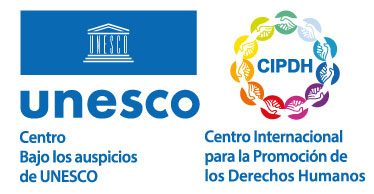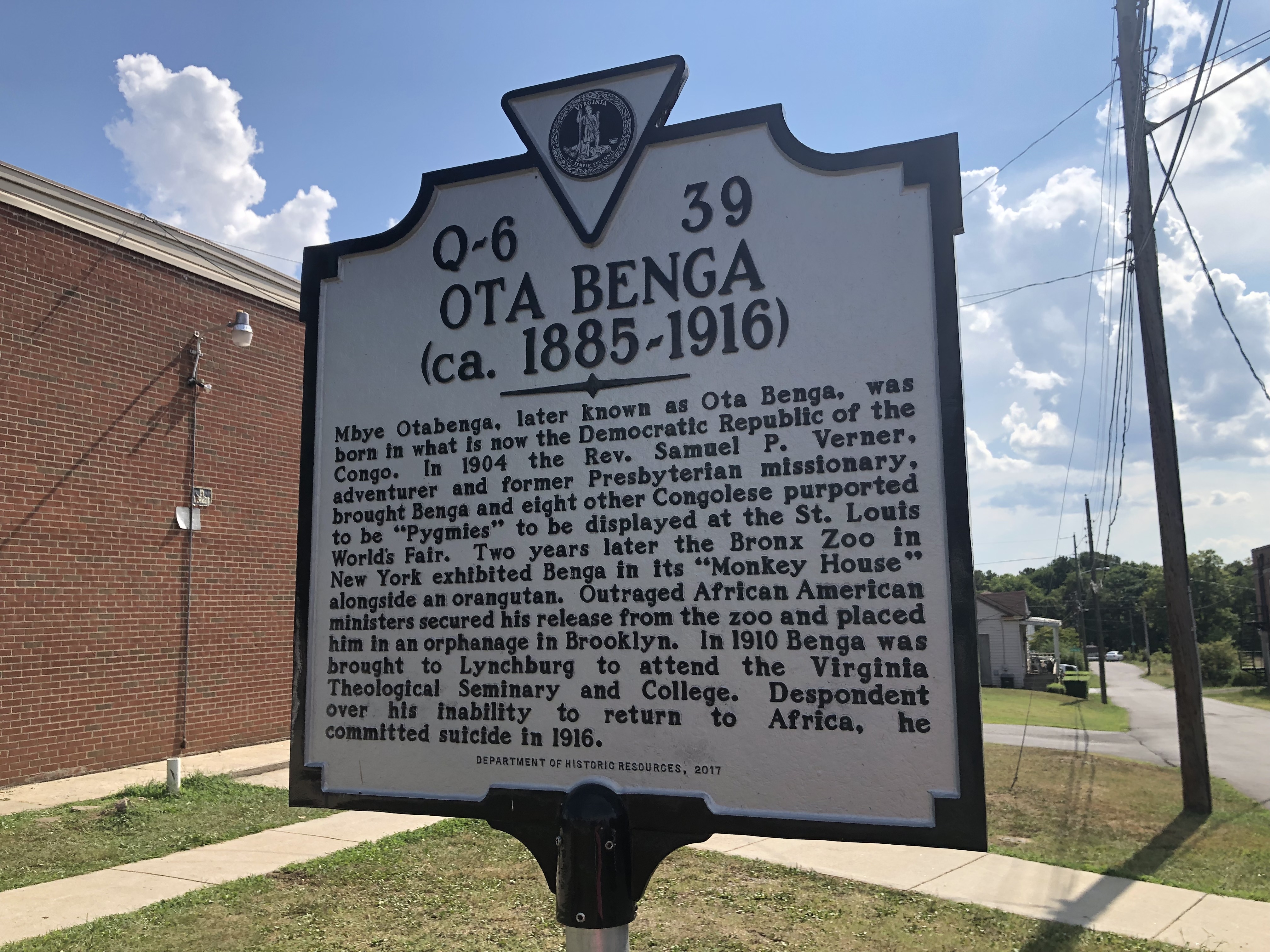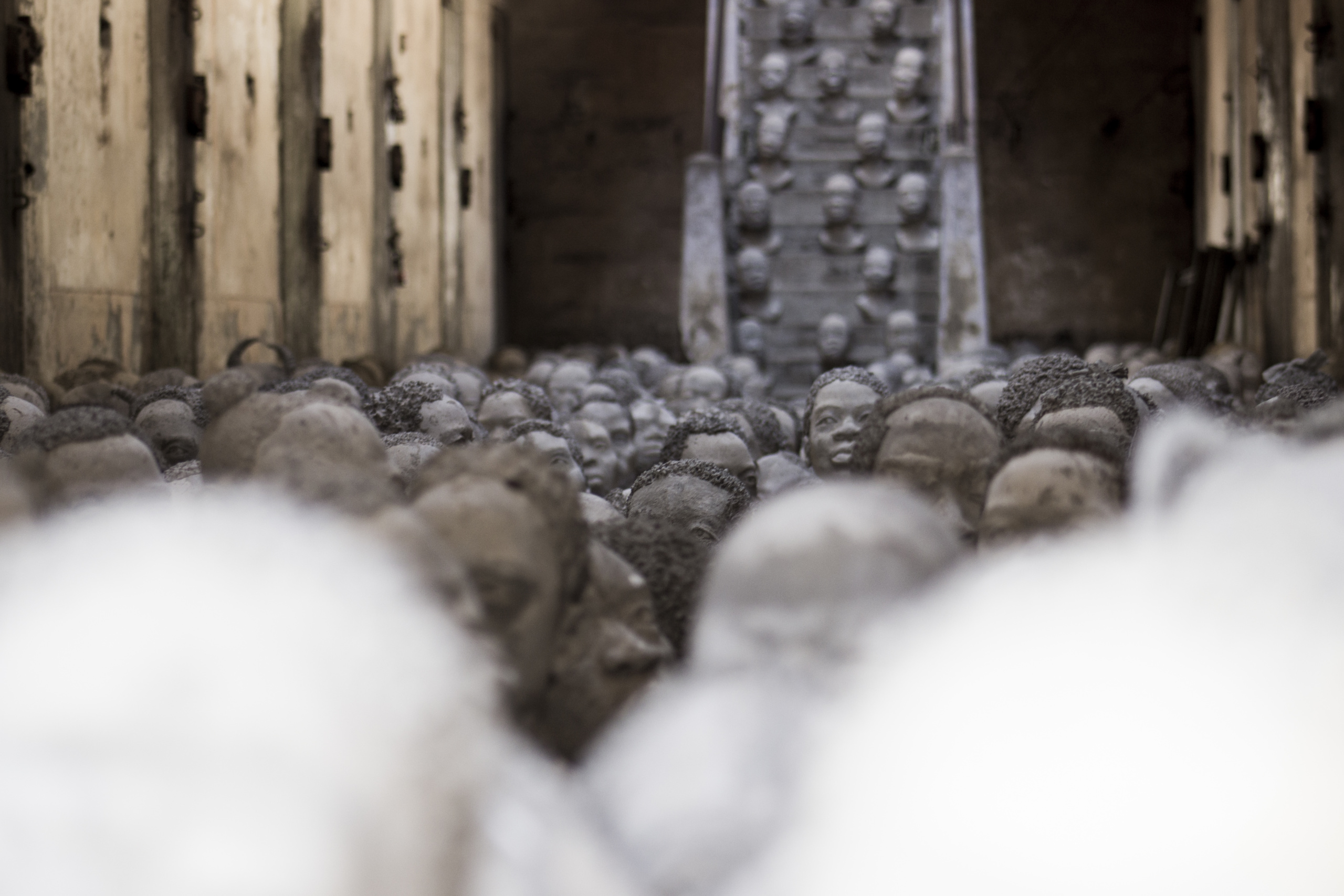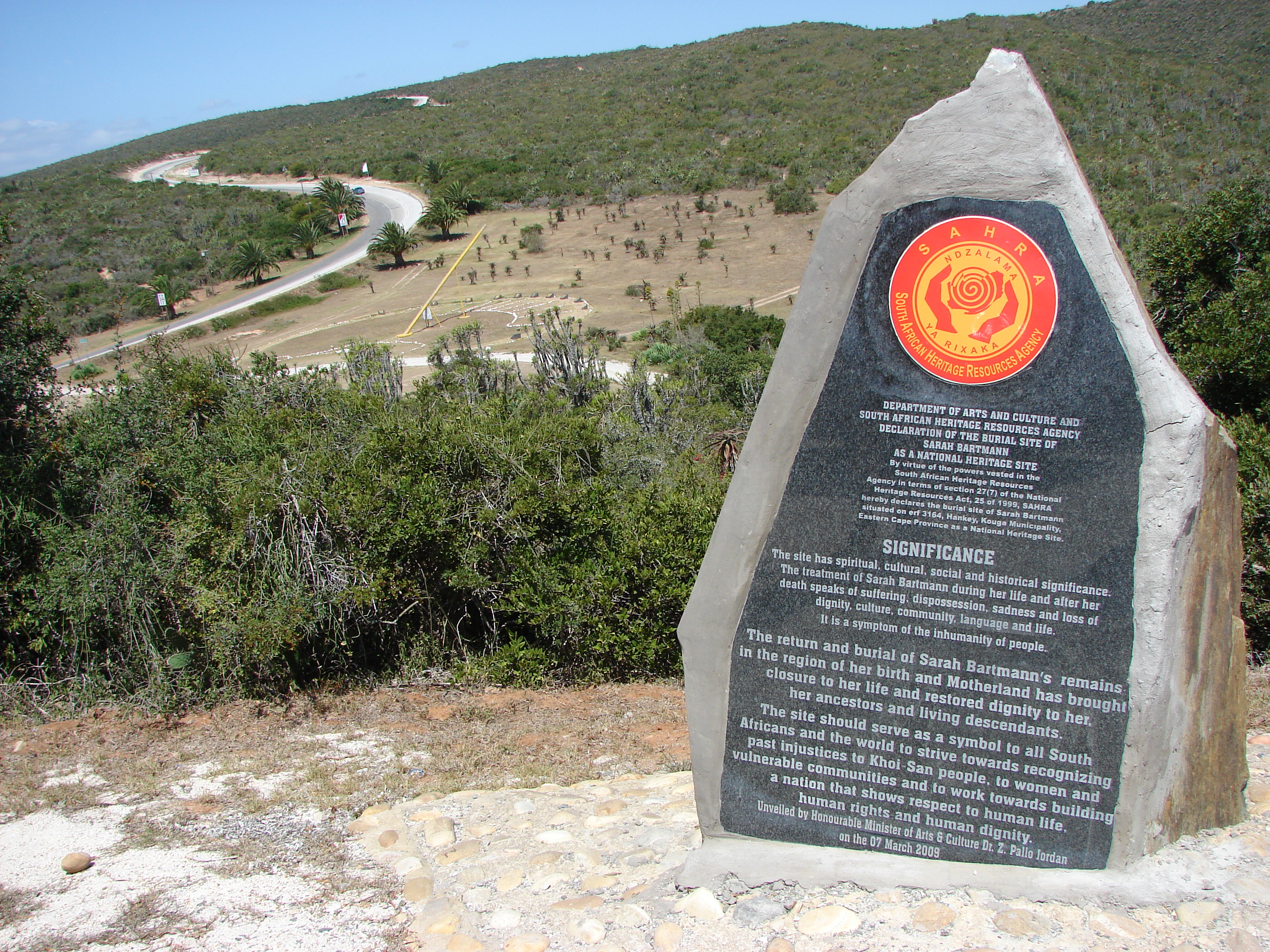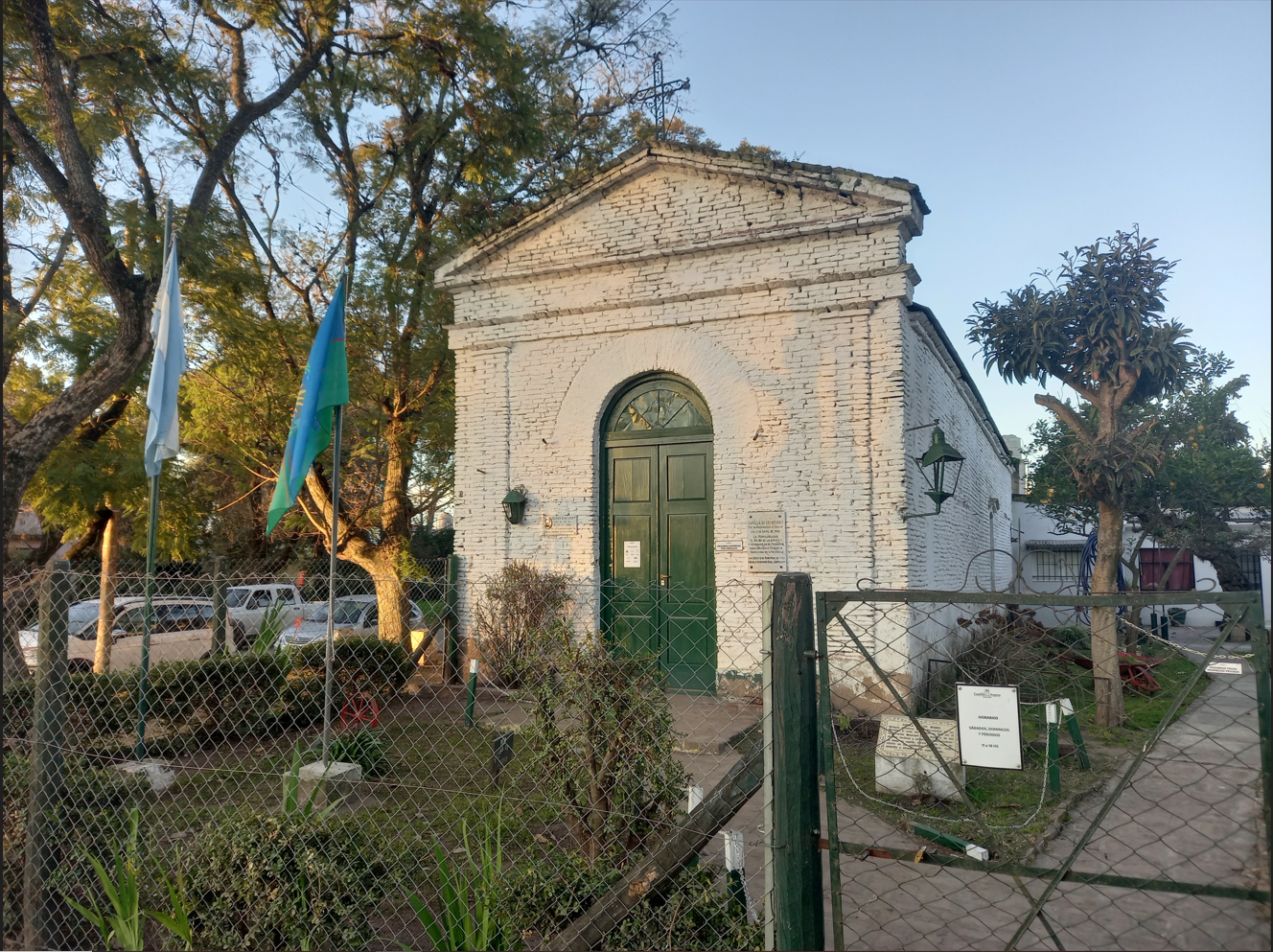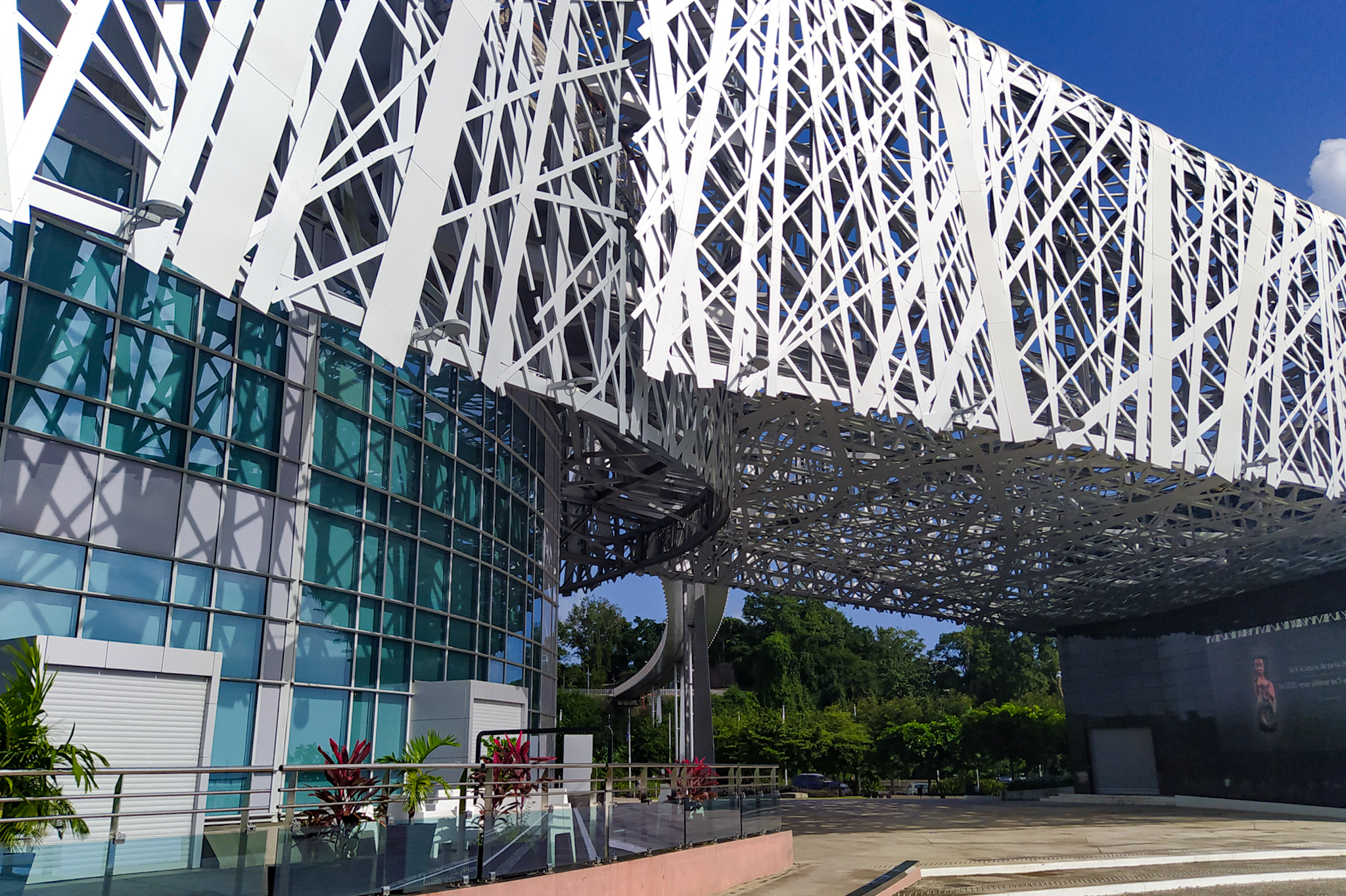Spirit of Freedom
Monument
Theme: Slavery

Address
105 Front St, Hamilton, Bermudas
Country
Bermuda
City
Hamilton
Continent
America
Theme: Slavery
Purpose of Memory
To remember Sarah (Sally) Bassett as a symbol of freedom, publicly validating the pain and stories of Bermuda's slavery victims.
Known Designation
Spirit of Freedom
Institutional Designation
Monument in honor of Sarah (Sally) Bassett
Date of creation / identification / declaration
2009
Public Access
Free
UNESCO Connection
The monument is part of the African Diaspora Heritage Trail in Bermuda, which bears the UNESCO seal of recognition as part of its international Slave Route project since its inauguration in 2001.
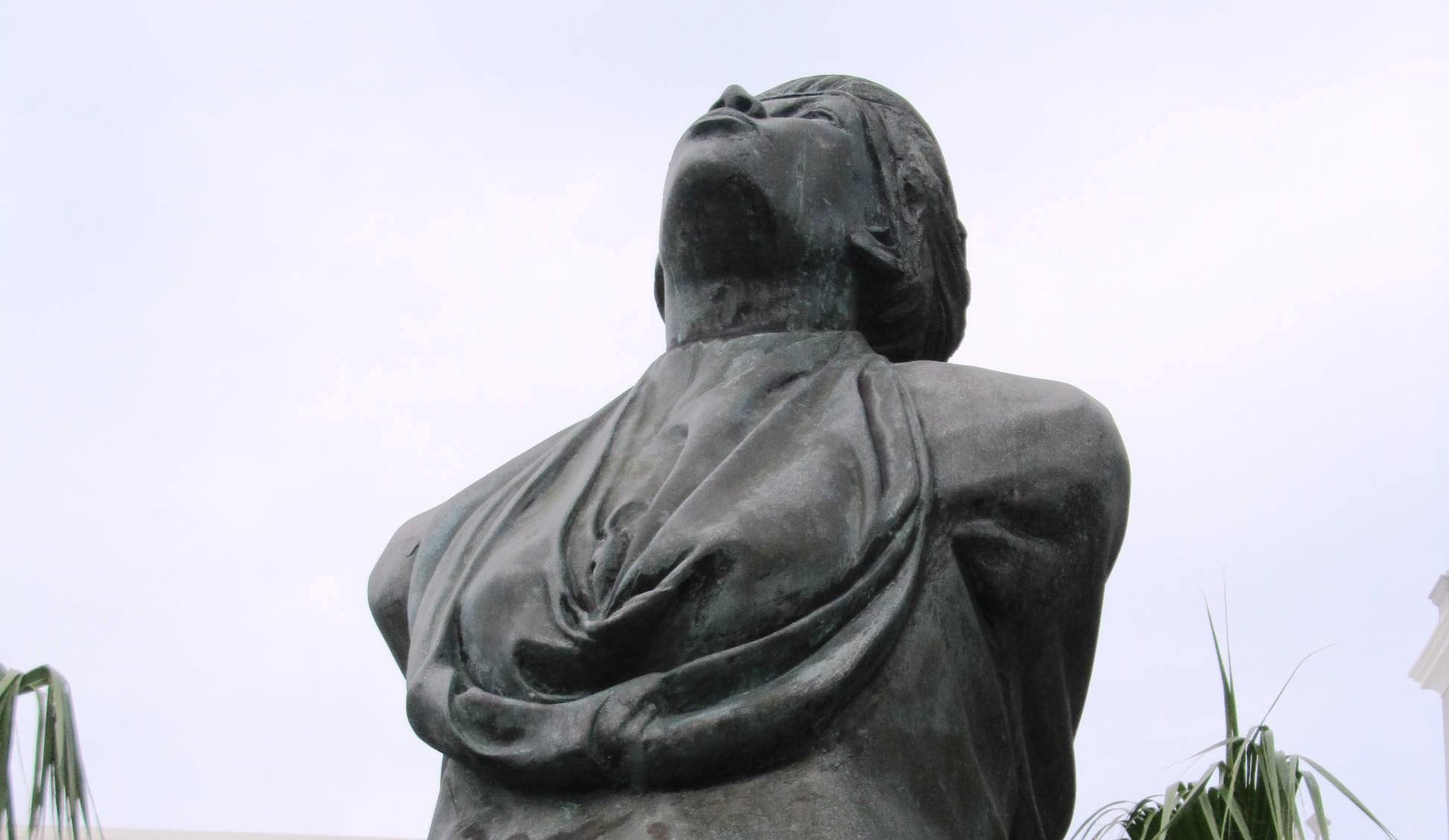
Location description
The monument is a bronze statue depicting Sarah Bassett, an enslaved woman who was executed in 1730 on charges of poisoning three people. The statue depicts Sarah full-length tied to a stake atop a clump of timbers, with hands and feet in chains and with her head held high looking up at the sky. Two white cement circles serve as the base of the figure. The second, wider circle raised a few inches off the ground has six plaques that tell Sarah’s story. The monument is part of the African Diaspora Heritage Trail in Bermuda, which bears the UNESCO seal of recognition as part of its international Slave Route project since its inauguration in 2001, to protect and educate the public about the heritage and culture of the African Diaspora in Bermuda.
The work made by the local artist Carlos Dowling is 3 meters tall and is surrounded by flowers and palms next to two square benches. It is located on the land behind the Bermuda Cabinet Building in Hamilton and is considered the first monument of an enslaved person in the country.
Bermuda is a British Overseas Territory located in the Caribbean and included by the United Nations in its List of Non-Self-Governing Territories since 1946. Within this territory, 54.8 percent of its population are descendants from enslaved people who were transported from the West Indies and West Africa during the 18th century (according to the 2005 national census). Slavery in Bermuda was abolished in 1834. However, racial segregation continued until 1959 when Bermudians of African descent rose up against it.
In the Caribbean, a large number of enslaved people, especially women, were accused of poisoning. Poisoning was one of the most common crimes for which enslaved people were accused, which is why in many places enslaved people were forbidden to handle medicines. Many enslaved women knew healing techniques they had brought from Africa and hybridized them with techniques they learned from local natives, which furthered their accusations of witchcraft and poisoning. By 1720 the Bermudan elite began to accuse the slaves of poisonous attacks.
Sarah (Sally) Bassett was a half-caste woman living in Bermuda who practiced medicine. In 1713 Sarah had been flogged in the parish of Southampton on charges of killing cattle. In 1726 and upon the death of her owner, the blacksmith Dickinson, Sarah passed into the hands of Dickinson’s sons and two years later was declared useless because of her old age and valued at very little money. However, Sarah continued to practice medicine in the parish.
After an investigation that took place in 1730, Sarah (Sally) Bassett was found guilty of poisoning a couple consisting of Thomas and Sarah Foster, along with their domestic slave Nancy. On June 21 of that same year Sarah was publicly burned alive at the stake by the government. The Fosters were the enslavers of Sarah’s granddaughter Beck, lived in Sandys Parish and were relatives of former Governor Josias Foster. The investigation concluded that in 1729 Sarah had instructed her granddaughter Beck on the use of substances to poison the Fosters. She is believed to have used ratsbane, manchineel root and even “white toad” or African white toad, a poisonous toad native to the West African rainforests associated with the voodoo tradition of St. Domingue and the poison trade practiced as a form of resistance by black sailors supplying spiritual practitioners with poisons to kill their enslavers. According to the investigation, Beck had gradually placed these poisons in the Fosters’ food on the instructions of her grandmother and was discovered by Nancy, the household’s domestic slave.
Ten white citizens and even her own granddaughter testified against Sarah at her trial. On June 5, 1730, she was found guilty and the next day burned at the stake. Her public execution took place on Crow Lane next to Hamilton Harbor: a pile of wood was gathered, Sarah was fastened to a stake and her body was burned to death in the style of European witch trials.
The 1730s saw several pockets of resistance by enslaved people in the Caribbean colonies. In this context, many analysts interpret Sarah’s condemnation as an attempt by the Bermudan colonial government to send a warning message against rebellious attempts. Even two weeks after the trial the government created a law to further regulate blacks and other slaves.
Sarah’s (Sally) execution took place on a very hot day and since then hot days in Bermuda are called “Sally Bassett Day”. According to local legend, when the stake was removed, a Bermudian (the national purple flower which today grows all over the island) arose from the ashes.
Several researchers point out that news of Sarah (Sally) Bassett’s story inspired rebellions throughout the region. On the island, Sally’s story became part of local oral folklore and a symbol of resistance.
In Bermuda, the debate over the history of slavery and racism is often muted from a benign myth of the slave system. Writers, scholars and especially the community of African descent have discussed the issue claiming the need for opportunities for the African descendants’ community, for their claims to be heard, and for the right to process their traumatic experiences in society.
The first time an act of recognition and remembrance of a slave was made in Bermuda was around 2009 when the statue of Sarah was placed. The monument was unveiled on February 9 of that year at a ceremony attended by Premier Dr Ewart Brown.
The location of the monument generated controversy in the community, denoting the place occupied by the history of slavery on the island. Initially, the monument was planned to be located at City Hall but that was cancelled for alleged space reasons. Finally it ended up being placed behind the Bermuda Cabinet Building. One sector of civil society wants the monument to remain there, while another sector of society wants to relocate the monument in a place where it will be more visible to the public so that the history of their ancestors can be remembered daily and open the debate about the benign myth of slavery in the Bermudian community.
In effect, the monument has allowed the public to open a space for debate by giving space to the narratives and memories of the victims. A year after the monument’s unveiling, Bermudian Colwyn Burchall published “The Flames of Freedom: Slavery in Bermuda and the True Story of Sally Bassett”, a book analyzing the causes that led Sarah to the poisoning of her granddaughter’s slaveholders. The monument also became part of the African Diaspora Heritage Trail in Bermuda, a tour of different sites that tell the story of slavery in Bermuda.
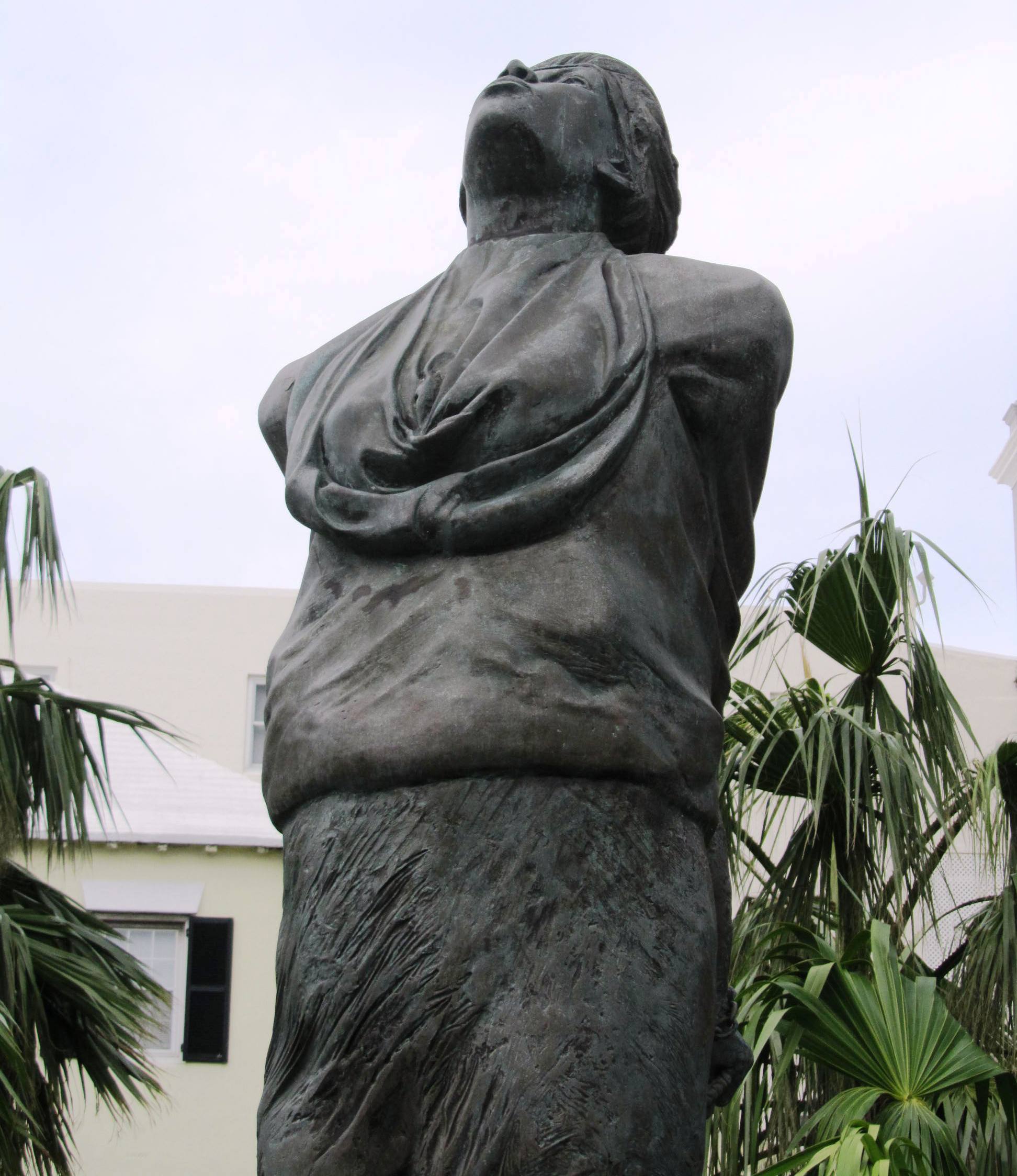
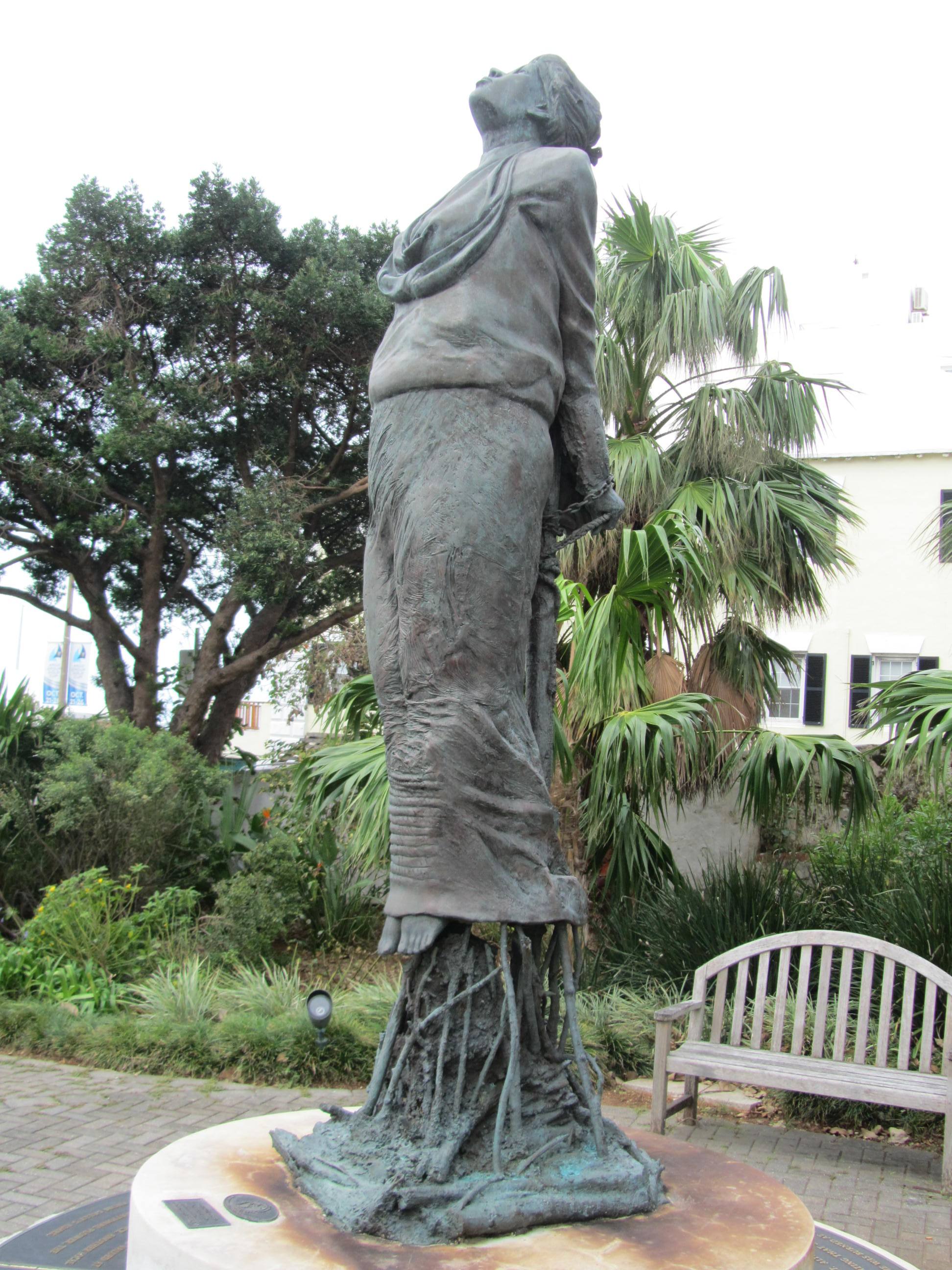
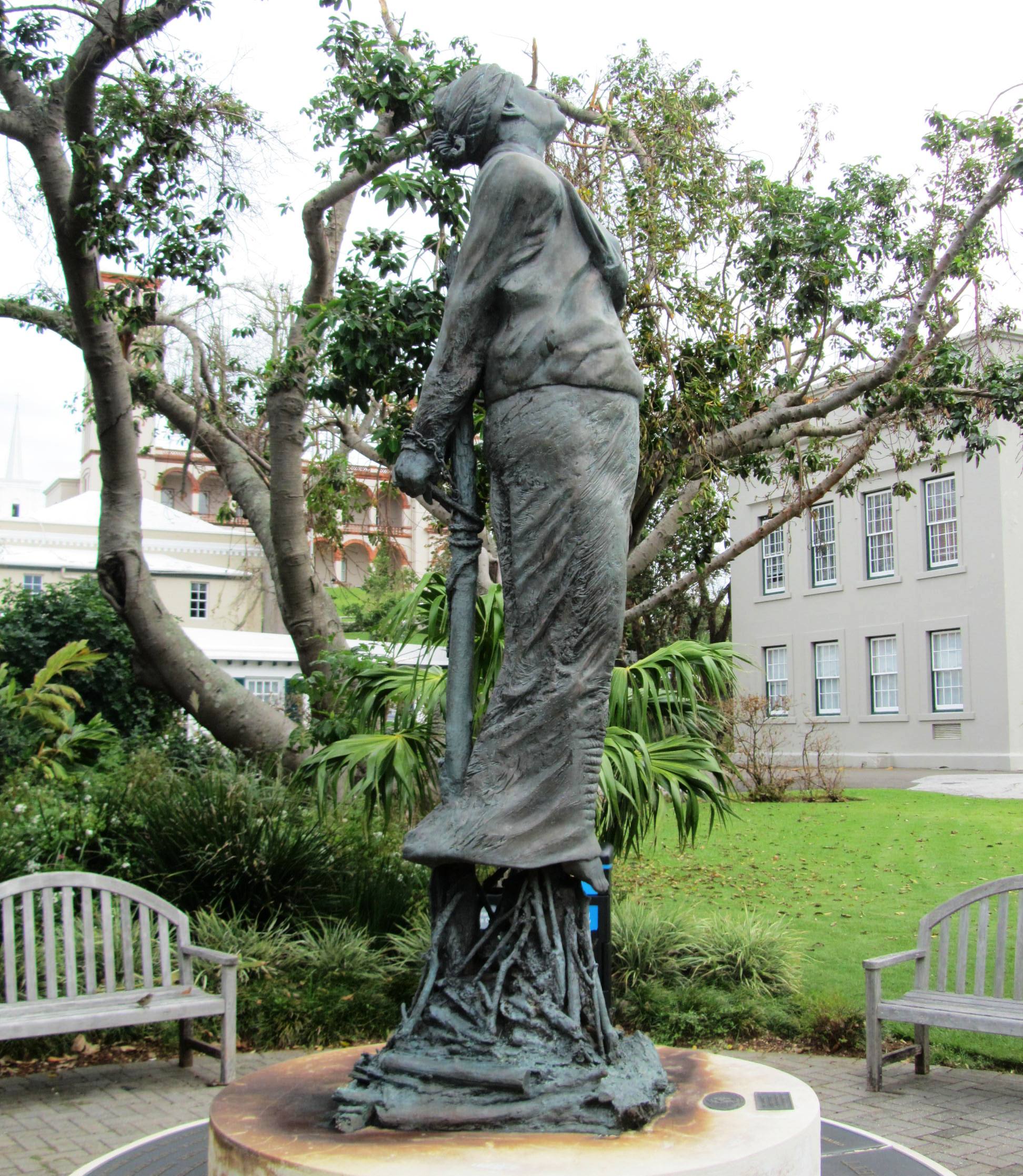
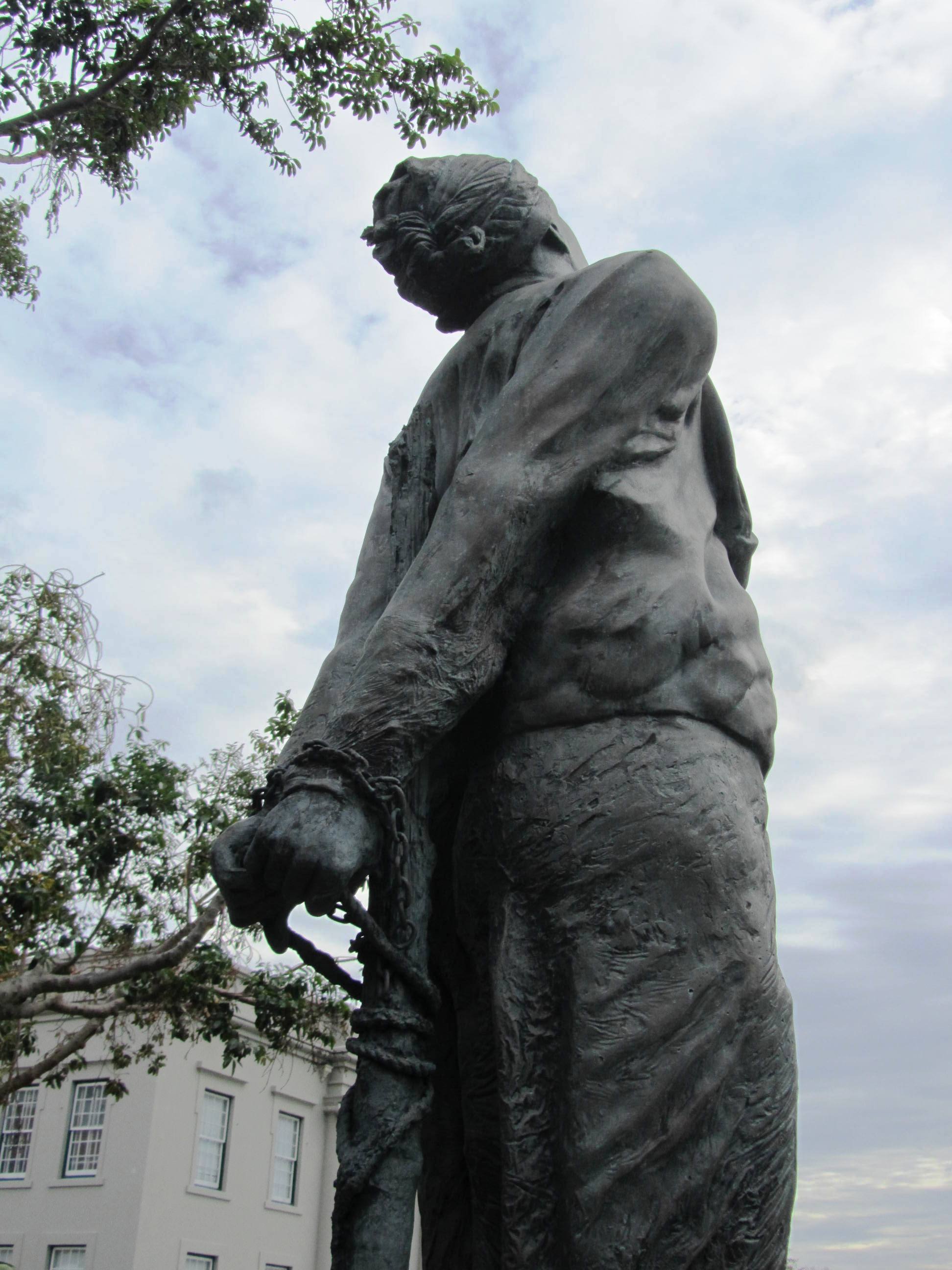
Links of interest
Revealing Sally: Unveiling Bermuda’s Resistance to Confront its Brutal Past - Monument Lab
Discover The African Diaspora Heritage Trail
Sally Bassett & 'The Dangerous Spirit of Liberty'
Searing Memories - The Bermudian Magazine
Black History in Bermuda - Teacher Resource Guide | The Bermuda National Trust
